In a groundbreaking leap forward for space exploration, NASA has unveiled a revolutionary rocket engine design that promises to redefine the way we propel spacecraft into the cosmos. Known as the Rotating Detonation Rocket Engine (RDRE), this cutting-edge propulsion system represents a quantum leap in efficiency and power, potentially unlocking new frontiers for humanity’s journey beyond Earth.
Traditionally, rocket engines have utilized continuous combustion processes, where fuel is burned steadily to generate thrust. The RDRE, however, operates on a completely different principle. This innovative engine harnesses the power of a rotating detonation—a supersonic combustion wave that spins around the engine’s annular combustion chamber.
How Does the Rotating Detonation Rocket Engine Work?
At the heart of the RDRE is its ability to create a rotating detonation wave, a process that occurs when a fuel-air mixture is ignited, generating a spinning shockwave. This detonation wave propagates around the annular combustion chamber, creating a continuous cycle of explosive energy release.
What sets the RDRE apart is its potential for significantly higher efficiency compared to conventional rocket engines. The rotating detonation process allows for more complete fuel combustion, maximizing the energy released per unit of propellant. This efficiency boost could translate to increased payload capacity, longer mission durations, and reduced costs associated with space exploration.
Advantages of the RDRE:
Enhanced Efficiency: The rotating detonation process enables a more efficient use of fuel, potentially increasing the overall efficiency of the propulsion system.
Increased Thrust: The unique combustion dynamics of the RDRE may result in a more powerful thrust, allowing spacecraft to reach higher speeds and traverse greater distances in space.
Compact Design: The RDRE’s annular combustion chamber allows for a more compact engine design, making it a viable option for various spacecraft configurations.
Potential Cost Savings: By maximizing the energy extracted from the fuel, the RDRE has the potential to reduce the overall cost of space missions.
NASA’s Commitment to Innovation:
The development of the Rotating Detonation Rocket Engine is part of NASA’s ongoing commitment to advancing space exploration technologies. As humanity sets its sights on ambitious goals, such as crewed missions to Mars and beyond, innovations like the RDRE become integral to overcoming the challenges associated with long-duration space travel.
NASA’s Glenn Research Center, in collaboration with industry partners, has been at the forefront of RDRE development. Extensive testing and refinement are ongoing to ensure the reliability and safety of this groundbreaking technology.
Looking Towards the Future:
The RDRE represents a giant leap forward in rocket propulsion technology, promising to redefine the possibilities of space exploration. As NASA continues to push the boundaries of what is achievable in the realm of interplanetary travel, the Rotating Detonation Rocket Engine stands as a testament to human ingenuity and the relentless pursuit of knowledge.
As testing progresses and the RDRE moves from concept to reality, the aerospace industry and space enthusiasts alike eagerly anticipate the day when this revolutionary engine propels spacecraft toward new horizons, marking a pivotal moment in the history of space exploration. The Rotating Detonation Rocket Engine may very well be the key to unlocking the next chapter in our cosmic journey.
Reference:
NASA’s 3D-printed Rotating Detonation Rocket Engine Test a Success

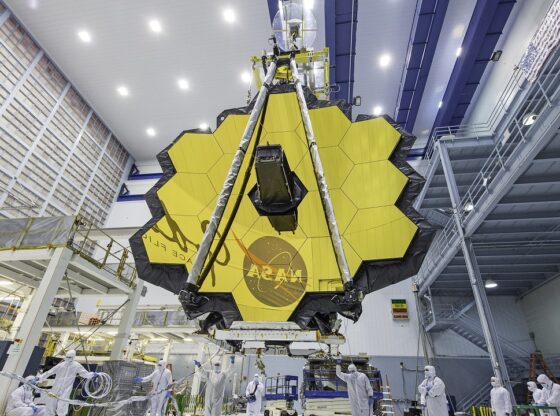
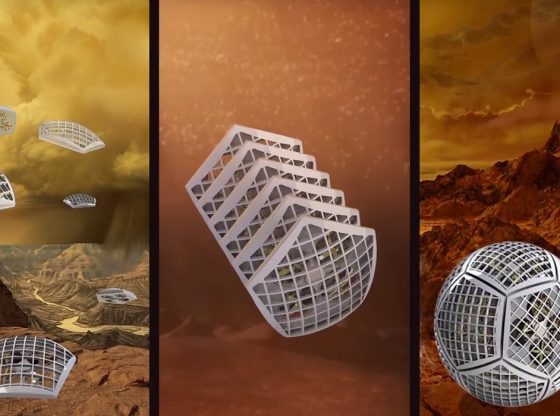
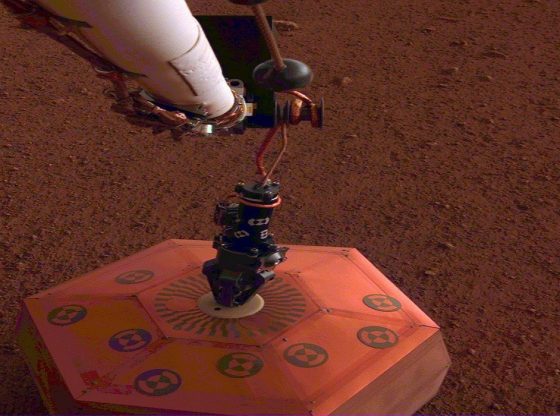
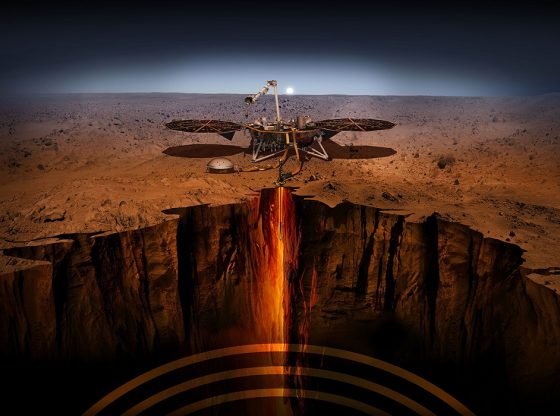
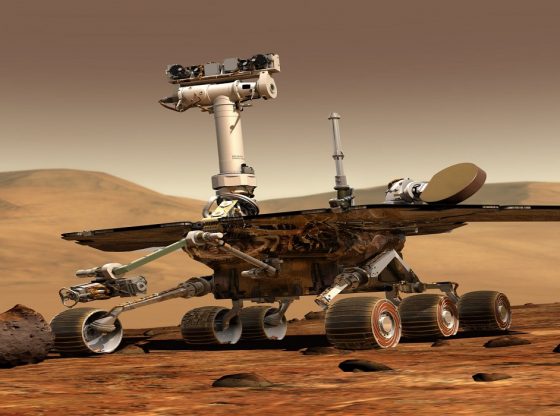
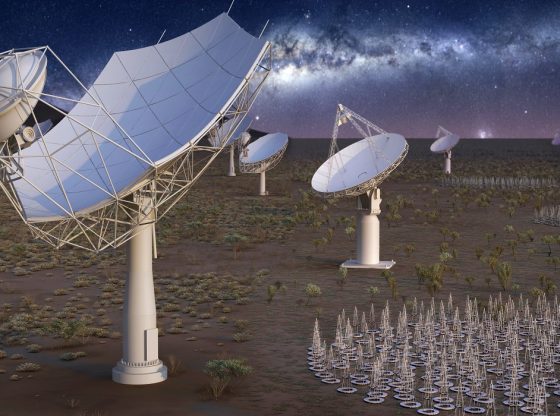

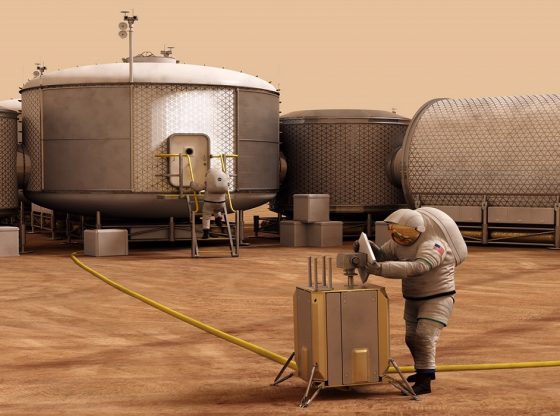
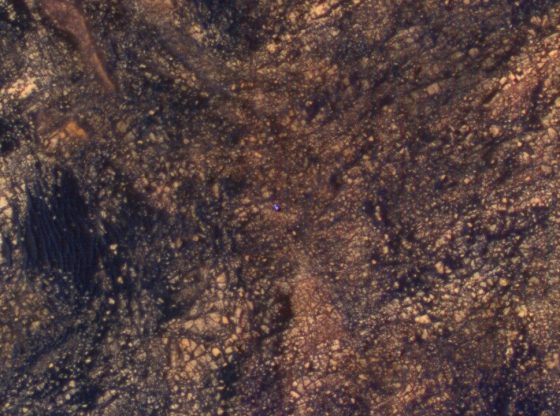
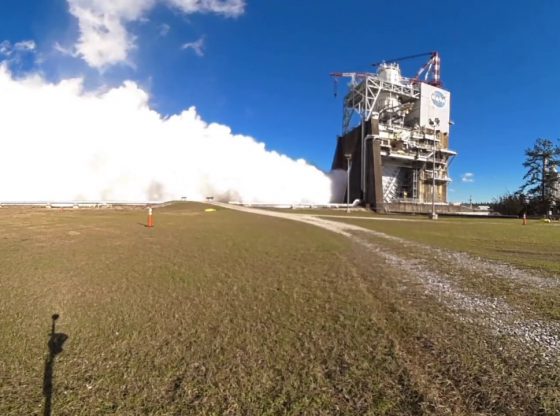
![OpenAI. (2025). ChatGPT [Large language model]. https://chatgpt.com](https://www.illustratedcuriosity.com/files/media/55136/b1b0b614-5b72-486c-901d-ff244549d67a-350x260.webp)
![OpenAI. (2025). ChatGPT [Large language model]. https://chatgpt.com](https://www.illustratedcuriosity.com/files/media/55124/79bc18fa-f616-4951-856f-cc724ad5d497-350x260.webp)
![OpenAI. (2025). ChatGPT [Large language model]. https://chatgpt.com](https://www.illustratedcuriosity.com/files/media/55099/2638a982-b4de-4913-8a1c-1479df352bf3-350x260.webp)








